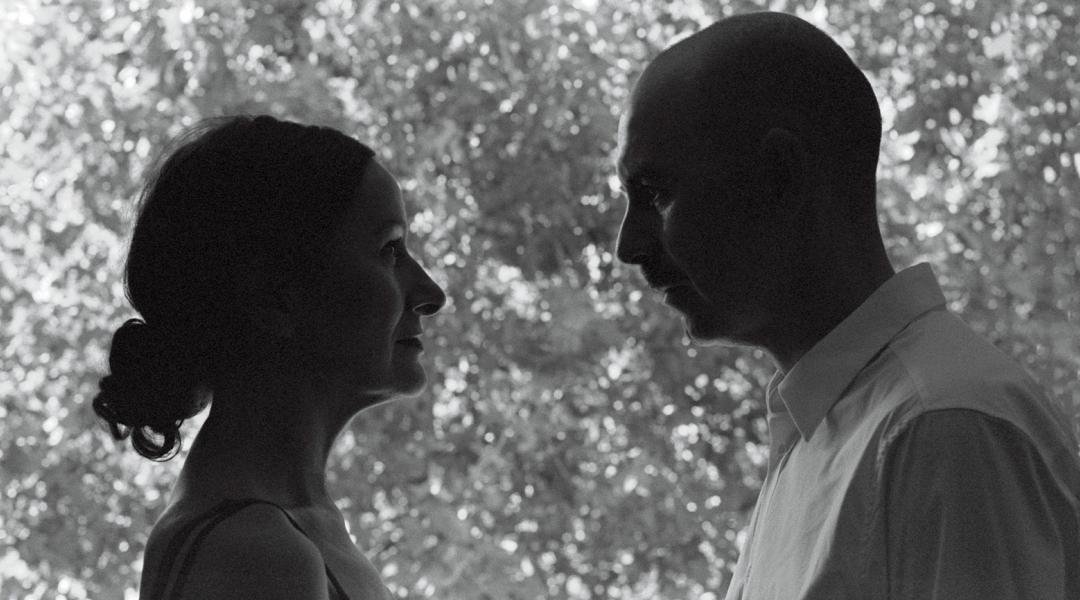Single
The Elegance of Subtlety

They release records at their own pace, without pressures of any kind. Teresa Iturrioz and Ibon Errazkin, the members of Single, are cult artists in their own right. Their music, however, is open to all publics — an exquisite blend of pop and folk that could belong to any period, but which always sounds fiercely personal.
At first, Single was meant to be the name of a solo female singer. But under this moniker there were always two musicians who had already gone a long way together. So, inevitably, Single are Teresa Iturrioz (San Sebastián, 1969) and Ibon Errazkin (San Sebastián, 1968). They have been making music since the late 1980s, first in Aventuras de Kirlian, then in Le Mans and, since 2005, in Single. Between Ibon and Teresa there is that kind of complicity and understanding built over the years when time doesn’t wear out a relationship. “We can speak to each other frankly about what we don’t like about each other’s ideas. Ibon doesn’t shy away from asking me not to scream too much in a song, and I can say things to him like: ‘That new song of yours… I don’t think it works.’ But, even if that’s not always the case, we’re usually in synch with what we want to do,” says Teresa. They have just released their fourth studio album, Hola, a name that “is the most used word we know.” “It’s like the music for a western film,” says Ibon, “because it contains all the typical elements of the genre: blue skies, landscapes, starry nights, horses, legends and romantic ballads.”
“Hola is like the music for a western film because it contains all the typical elements of the genre: blue skies, landscapes, starry nights, horses, legends and romantic ballads.”
The work dynamics in Single is as simple as it is deep-rooted. “I usually write the song first,” says Ibon. “Then Teresa listens to it, thinks about a topic that she likes and then she writes the lyrics. But we both decide on the arrangements and on the style of the song as we go.” The truth is that Single exists because after Le Mans split up in the late 1990s, they kept on writing songs together for other artists. Other than Fangoria and a singer previously known as Tamara, their songs didn’t find an outlet. “When we formed Single,” says Ibon, “we just wanted to be songwriters in the background and write songs for others to sing and produce. But we never got to find that people, so we decided to do it ourselves.”
Having written a good number of songs, Teresa, who until then had been playing bass, decided to start singing and record the songs themselves. “Without a doubt, our talent lies in song writing,” says Ibon. “We have learned to play, to record our songs and to perform them live over time, but writing them is what comes out more naturally.” Their idea when they first formed the duo was to only release singles. “While that helped me gain confidence as a singer, it was much more sensible to release an album,” says Teresa.
“Without a doubt, our talent lies in song writing. We have learned everything else over time, but writing songs is what comes out more naturally.”
Fifteen years later, Single is now their longest-standing project, which means that time has proved them right — it’s best for them to make music without aiming to live off it so they can do whatever they want, whenever they want. Which brings us back to Hola, probably their most melancholic album to date. “It is indeed,” says Teresa. “In our previous albums there are more rhythmic, lively songs, but this one lacks rhythmic bases, except for a drum machine here and there. That alone lends this album a more withdrawn character.” An album in which acoustic instruments play a leading role to make apparently simple music imbued with a craft spirit, far removed from any kind of trend. Single inhabit a planet of their own, from where they greet us with songs with a distinct sensibility, like the one enveloping “Hola, soy Dafne” and “Canción para hombres grandes”, which together mirror Single’s exquisite balance between the feminine and the masculine. Another highlight on the album is “Madrugada Belle Epoque”, a tribute to Donosti, their hometown, which two decades ago became the birthplace of a musical movement. “In the 1990s, when we were in Le Mans, the fact that we were from Donosti was given a lot of importance, and that was kind of infuriating for us, we didn’t really understand why. But over time I’ve realized how much being from Donosti has influenced us, because of the weather and because of many other things we are probably unaware of,” says Ibon. What does Donosti owe us? We might have favoured some tourism there, but I doubt it,” he says laughing.

Single have just released a new album, 'Hola', via Elefant Records. © Lourdes Cabrera
Another distinctive element of Single is the songs by other artists they cover on their albums and singles. Their choices are unpredictable. They have covers of songs by Lucia Bosé, Gregorio Paniagua and Uruguayan musician Leo Masliah. For this album, they have chosen folk duo José y Manuel. “We’ve always liked bands that have a world of their own and propose something different. It’s not that we seek to be original at all costs, but we can’t be bothered with things that sound trite to us, obviously.”
“It’s not that we seek to be original at all costs, but we can’t be bothered with things that sound trite to us, obviously”
Playing live is not something they are passionate about, but whenever they have taken the stage, they have done so dressed in clothes by designer Carlos Diez Diez, also responsible for the looks in some of the duo’s most celebrated music videos. “Taking care of the staging is important, plus we admire Carlos a lot, so…,” says Teresa. “We didn’t choose outfits for our latest photos, though, and we’re sure someone will say: ‘You can tell, dear! You can tell! [Laughs]. Now we’re more into natural things. Although at this age we should be more careful.”
Something that has not changed is the cover art designer, Javier Aramburu, at the time one of the most important and recognizable illustrators in the Spanish pop scene, with album covers for Los Planetas, Family, La Buena Vida and Chucho. Could there be a Single album without Aramburu’s cover art? “There could be, but it wouldn't be the same! He made his first album cover for us in 1989, when we were in Aventuras de Kirlian. We’ve been doing things together for over thirty years, so it's hard to imagine our albums featuring someone else’s artwork,” says Teresa.
To finish our interview, the duo tells us about someone whose talent they admired the most. “That of our friend Eva Solex [member of the Madrid duo Solex, who passed away in 2018], to whom we have dedicated the album. To her and to her ability to see things from an unexpected vantage point. Eva was someone completely unique and therefore very difficult to describe. I have never met anyone able to be give insights about such unsuspected and shocking things with so much ease. She always managed to catch you off guard, in a good sense. Besides being brilliant, she was also very affectionate.”


